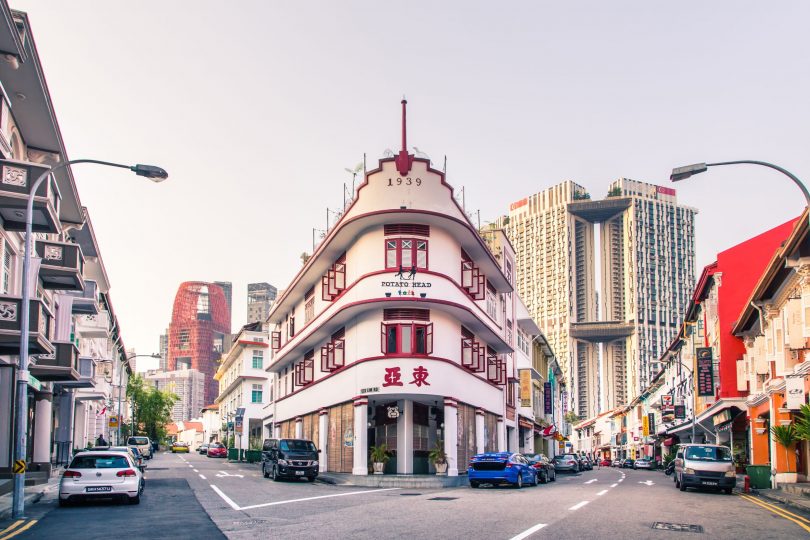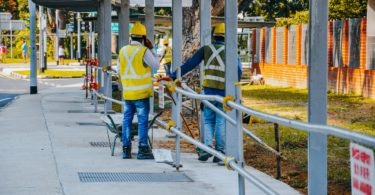By Anisa Pinatih
Historic buildings from different eras are dotted across Singapore, becoming an integral part of the modern urban fabric that consists of mostly high-tech buildings. The latest data from Urban Redevelopment Authority (URA) shows that per 2020 the country has undertaken more than 7,000 conservation projects. Many may think that these comprise only shophouses and bungalows, when in fact, there are other typologies being adapted for new purposes, including warehouses, multi-storey Art Deco buildings and a town hall.
The commonly-held belief is that, compared to new building construction, adaptive reuse generates less C&D waste and makes corresponding contributions to climate change mitigations by reducing the carbon footprint. However, owners and practitioners often still lack a point of reference to justify and evaluate their decision-making about reusing assets. This commentary aims to revisit past projects and analyse their critical success factors in order to illustrate how adaptive reuse is not just about retaining historical architecture, but it is also about supporting economic growth and urban development.
ADAPTIVE REUSE DECISION-MAKING
Research in adaptive reuse has provided many tools and criteria to assess whether a project is going to be worthwhile. Among these criteria, some may perceive to be the most important is financial incentives. With this, an assessment of a building’s physical condition becomes a priority. To meet the modern sustainability standards, for example, building owners must undertake intensive works. If deteriorated structures of buildings require high levels of repair, which may result in high capital cost, they may not see the economic benefit to updating buildings.

To read the complete article, register your details above
to be notified once the revamped Construction Plus App is ready!











